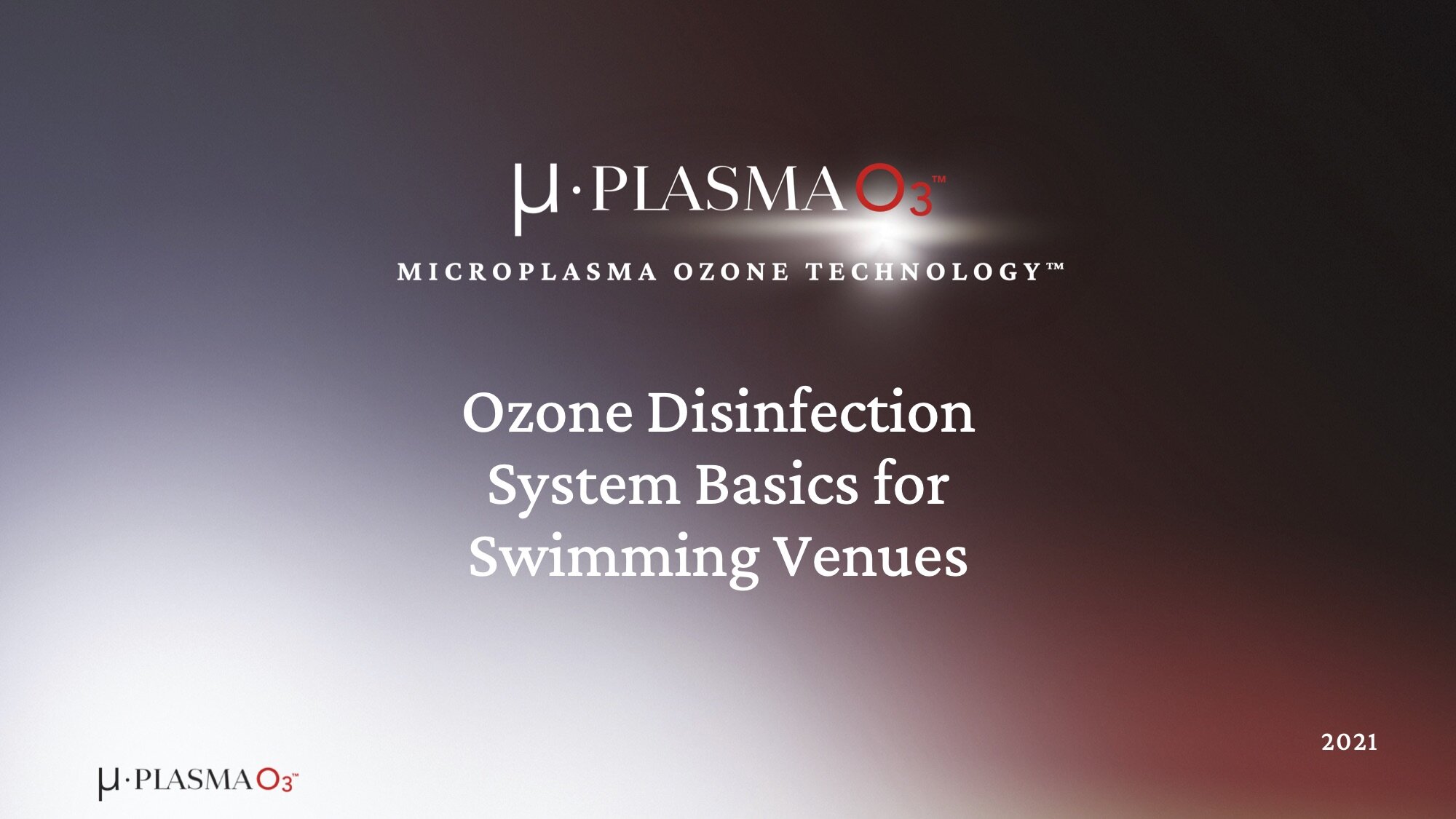Episode 144: An Introduction to Ozone with Beth Hamil of MicroPlasma Ozone Technology
Listen to the episode on Apple Podcasts, Spotify, Stitcher, Soundcloud, Google Podcasts, Youtube, or on your favorite podcast platform
Episode Summary
Beth Hamil is the Vice President of Product Development at MicroPlasma Ozone Technologies, Inc. She has 42 years of professional experience in ozone system development, ozone applications, ozone consulting, and project management, spanning a comprehensive range of commercial and residential industries.
Beth defines ozone as “a gas that is made up of three atoms of oxygen. We use ambient air and we either turn that into oxygen and then ozone or just ambient air turned into ozone. It’s a gas, and that’s all it is, and it happens to be an extraordinarily strong antimicrobial oxidizer. Just as chlorine is an oxidizer, ozone is an oxidizer that kills microorganisms—everything from mold to mildew to algae—by oxidation.”
As for its use in swimming pools, when properly used, ozone can take the place of chlorine in doing the job of the primary sanitizer. To apply the system to a pool, the unit containing the power supply and ozone generating cell is hung by the equipment, A Mazzei (or Venturi) injector is plumbed in the waterline and is used to pull the ozone out of the unit and into the water. The Venturi is effectively dissolving most of the ozone gas into the water.
Listen in as Beth recounts her varied professional journey, from healthcare, to the hot tub industry, to her many years in the ozone application industry, where she eventually partnered with MicroPlasma Ozone Technology to develop their game-changing innovation. We also discuss what ozone is, how it works, and what it does to pool water.
Topics Discussed
01:28 - Beth’s upbringing
05:10 - Beth’s father introduces her to ozone
06:29 - Beth’s love for horses
13:22 - Exploring different career paths, including in the recreational water industry
22:44 - Coming out with the first NSF listing for an ozone generator for hot tubs and spas
27:29 - Developing the corona discharge ozone generator
31:30 - Using the technology to create a system for washing fruits and vegetables
40:12 - What ozone is exactly and its use in the pool industry
42:50 - How ozone is generated and travels through the system into the pool
46:15 - Why you don’t want to see bubbles
49:45 - Breakdown of the ozone generator
59:40 - Using ORP to measure the health of the water
1:02:36 - What ozone does to pool water
1:07:40 - Measuring ORP with a Pinpoint meter
1:11:54 - Why Beth loves MicroPlasma Ozone Technology®’s game-changing system































Resources Mentioned
Key Quotes From Episode
To be an ozone person, you need to know the chemistry, the mechanical and chemical engineering, and the microbiology. It encompasses so much when you’re involved in ozone and you’re providing a product for end-users.
The success of ozone is the balance of efficacy and safety. You want to be efficacious in killing the cooties and be safe for humans as well as the environment.
When people ask how ozone compares with chlorine, know that there are great differences in the two and there are some similarities. But it’s really all about putting the right amount of ozone just like it would be with chlorine in your application. So, you could put a teaspoon of chlorine in your washing machine and it will sanitize your clothes. But if you put that same teaspoon of chlorine in your 30,000 gallon pool, it’s not going to do much. Ozone’s quite the same way.
Plasma is the way of the world for ozone. It’s the present and it’s going to be the future.
Ozone takes the place of chlorine in doing the job of the primary sanitizer. What is the benefit to the homeowner? Very clean water devoid of microorganisms. Very clear water because of your microfloc and your high oxidation. It doesn’t have any taste. It doesn’t have any odor. It doesn’t burn your eyes. It doesn’t leave any residue in the water.







